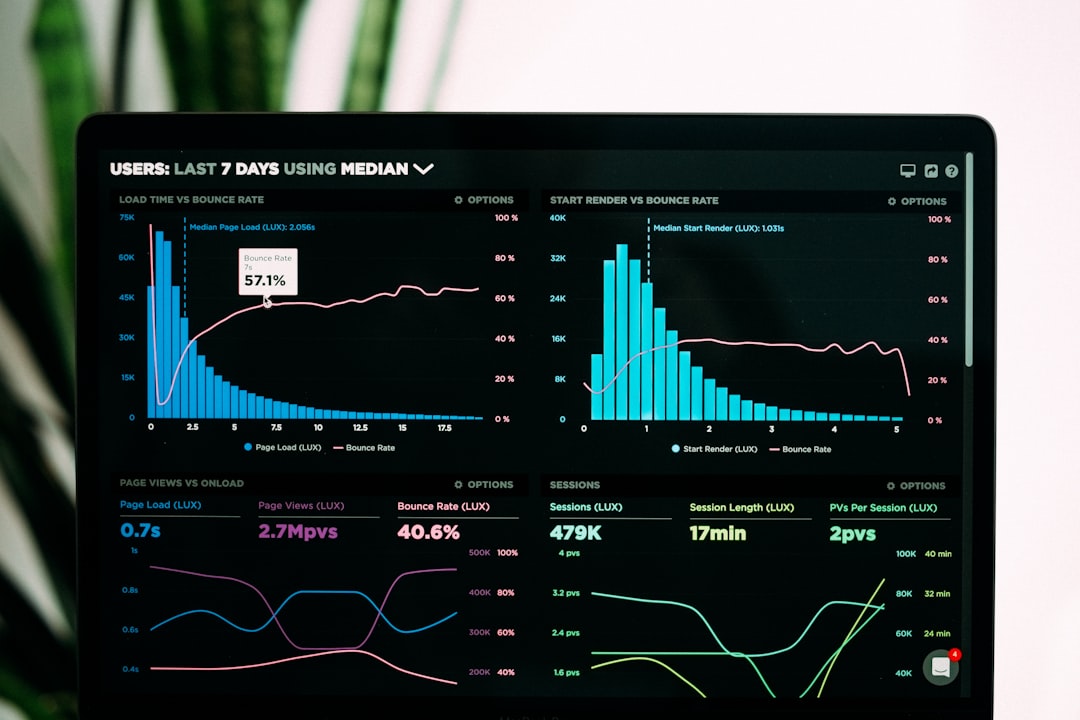
Enhancing Visual Data Representation through Advanced Tokenization Techniques
In today’s data-driven world, the ability to represent complex information in a visually appealing and comprehensible way is paramount. This is where advanced tokenization techniques come into play, transforming how data is perceived and interpreted. By breaking down data into manageable pieces or ‘tokens’, we can enhance visual representations, making them more insightful and engaging.
Understanding Tokenization
Tokenization is the process of converting a sequence of characters into smaller, manageable units, known as tokens. In the realm of data visualization, these tokens can represent various elements, such as words, phrases, or even entire datasets. This method simplifies complex data structures, enabling easier manipulation and representation.
The significance of tokenization in data representation cannot be overstated. By effectively segmenting data, we can create visualizations that are not only more intuitive but also provide deeper insights into the underlying information.
The Role of Advanced Tokenization Techniques
As technology evolves, so do the methods of tokenization. Advanced techniques leverage machine learning and natural language processing (NLP) to enhance the tokenization process significantly. These techniques allow for:
1. Contextual Tokenization
Unlike traditional tokenization methods that often treat each token in isolation, contextual tokenization considers the surrounding context. This approach leads to more meaningful representations. For instance, in sentiment analysis, words carrying different meanings based on context can be accurately tokenized, improving the quality of visualizations derived from such data.
2. Semantic Tokenization
Semantic tokenization goes a step further by focusing on the meaning behind tokens. By utilizing embeddings from models like Word2Vec or BERT, we can create visualizations that communicate the relationships between different data points more effectively. Visualizations that incorporate semantic tokenization can reveal patterns and insights that would otherwise remain hidden.
3. Dynamic Tokenization
Dynamic tokenization adapts the tokenization process based on the nature of the data being processed. This method is crucial when dealing with streaming data, ensuring that visualizations are updated in real-time without compromising on clarity or detail.
Current Developments and Trends
The integration of advanced tokenization techniques in data visualization is gaining traction across various sectors. For instance, in healthcare, tokenization is used to represent patient data visually, aiding in quicker diagnosis and treatment plans. Similarly, in finance, tokenization can help visualize complex financial instruments, making it easier for analysts to interpret data.
Case Study: Retail Sector
A notable example can be found in the retail industry, where companies are utilizing advanced tokenization to enhance customer experience. By analyzing customer feedback through contextual and semantic tokenization, retailers can create visual dashboards that highlight customer sentiments, preferences, and trends. These dashboards enable quick decision-making and targeted marketing strategies.
Expert Opinions
According to Dr. Jane Smith, a data scientist specializing in NLP, “The future of data visualization lies in our ability to tokenize information intelligently. Advanced tokenization techniques not only make data more accessible but also empower organizations to derive actionable insights.”
Tools and Resources
For those looking to delve deeper into enhancing visual data representation through advanced tokenization techniques, numerous tools and resources are available:
- Natural Language Toolkit (NLTK): A powerful Python library for working with human language data, great for tokenization tasks.
- spaCy: An advanced NLP library that offers tokenization along with many other features for building robust data pipelines.
- D3.js: A JavaScript library for producing dynamic, interactive data visualizations in web browsers, which can leverage tokenized data for enhanced representation.
Further Reading
- Understanding Tokenization in NLP
- Data Visualization Best Practices
- Advanced Machine Learning Techniques
Conclusion
In conclusion, enhancing visual data representation through advanced tokenization techniques is not just an innovative approach but a necessity in today’s data-centric environment. As organizations continue to embrace these techniques, we can expect to see a significant evolution in how we visualize and understand data.
If you’re interested in exploring the world of advanced tokenization and its impact on visual data representation, consider subscribing to our newsletter for the latest insights and updates. Share this article with your network to spread the knowledge and start a conversation about the future of data visualization!
Glossary of Terms
- Token: A unit of text or data that has meaningful representation.
- Contextual Tokenization: Tokenization that considers the context of data points.
- Semantic Tokenization: Tokenization focused on the meanings of words or data points.
- Dynamic Tokenization: A flexible tokenization approach that adapts to data changes in real-time.
Harness the power of advanced tokenization techniques to elevate your data visualizations and unlock new insights today!


